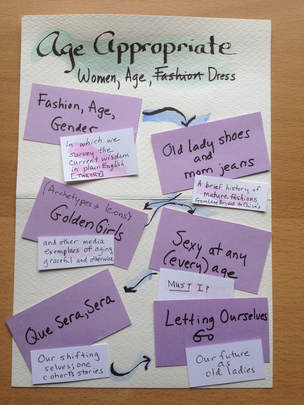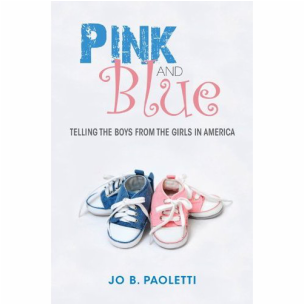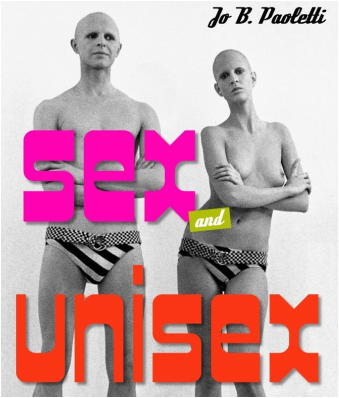Books
|
Pink and Blue: Telling the Boys from the Girls in America (Indiana University Press, 2012) Pink and Blue is a history of the shifting definitions of neutral, masculine and feminine clothing for babies and children under six years of age in the United States. Based on primary sources ranging from paper dolls and baby record books to blog posts and discussion forums, this book provides a detailed, interdisciplinary examination of popular notions of childhood, gender and sexuality. Topics include the decline of white dresses as the generally accepted clothing for both boys and girls, the introduction of rompers and creepers and their rapid acceptance for girls in the early twentieth century, the complicated tale of pink and blue as gendered colors, unisex fashions and ungendered childrearing and the origins of today’s highly gender-specific baby and toddler clothing. |
|
Sex and Unisex: Fashion, Feminism and the Sexual Revolution (Indiana University Press, 2015)
Notorious as much for its fashion as for its music, the 1960s and 1970s produced provocative fashion trends that reflected the rising wave of gender politics and the sexual revolution. In an era when gender stereotypes were questioned and dismantled, and when the feminist and gay rights movements were gaining momentum and a voice, the fashion industry responded in kind. Designers from Paris to Hollywood imagined a future of equality and androgyny. The unisex movement affected all ages, with adult fashions trickling down to school-aged children and clothing for infants. Between 1965 and 1975, girls and women began wearing pants to school; boys enjoyed a brief "peacock revolution," sporting bold colors and patterns; and legal battles were fought over hair style and length. However, with the advent of Diane Von Furstenberg’s wrap dress and the launch of Victoria's Secret, by the mid-1980s, unisex styles were nearly completely abandoned. Sex and Unisex traces the trajectory of unisex fashion against the backdrop of the popular issues of the day—from contraception access to girls' participation in sports. The book that will not be named |

Que sera, sera: a generational autobiography
Learning to be female in any culture is not a weekend workshop or even a four-year-degree program. It is a lifelong process of being led into each life stage along a path shaped by beliefs about aging and gender. This book will explore clothing, age, and gender from the perspective of women who share a timeline: those born in 1949, or who graduated from high school in 1967. We have continually measured ourselves against mass media images of celebrities and models and shifting rules of gender expression. The generation who once wore dresses to school and played with Doris Day paper dolls would defy gender conventions as teens and young adults by discarding bras and wearing pants and miniskirts, then replace their jeans and t-shirts with power suits and lingerie from Victoria's Secret. And now what, as we arrive in our seventies?
My questions include: What is "age appropriate" clothing? Who killed half sizes? How does my own research apply to me? Is academic writing curable?
Everything in this description is outdated, and most of it is no longer true. Stay tuned.

